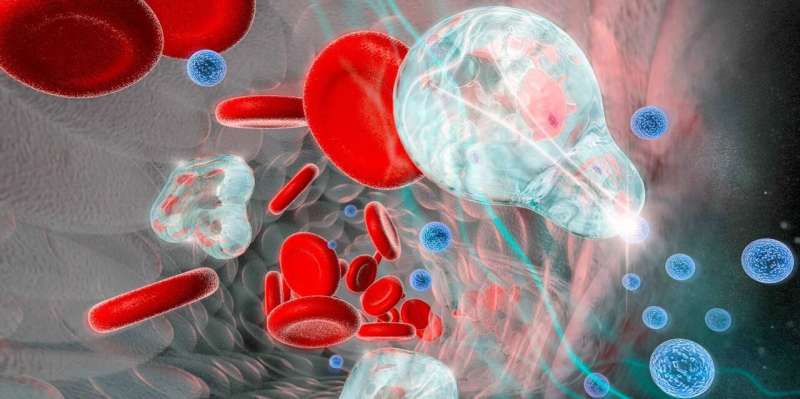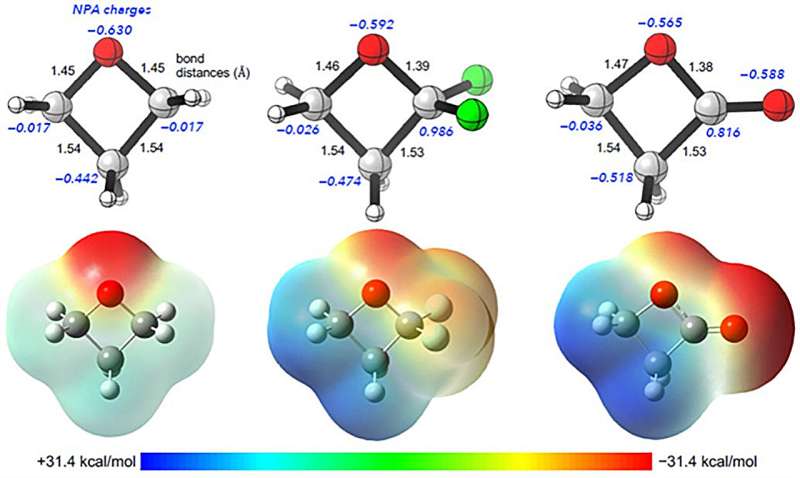Edit Content
Trending






How can the latest technology, such as solar cells, be improved? An international research team led by the University of Göttingen is helping to find answers to questions like this with a new technique. For the first time, the formation of tiny, difficult-to-detect particles—known as dark excitons—can be tracked precisely in time and space. These invisible carriers of energy will play a key role in future solar cells, LEDs and detectors. The results are published in Nature Photonics.
Dark excitons are tiny pairs made up of one electron together with the hole it leaves behind when it is excited. They carry energy but cannot emit light (hence the name “dark”). One way to visualize an exciton is to imagine a balloon (representing the electron) that flies away and leaves behind an empty space (the hole) to which it remains connected by a force known as a Coulomb interaction. Researchers talk about “particle states” that are difficult to detect but are particularly important in atomically thin, two-dimensional structures in special semiconductor compounds.
In an earlier publication, the research group led by Professor Stefan Mathias from the Faculty of Physics at the University of Göttingen was able to show how these dark excitons are created in an unimaginably short time and describe their dynamics with the help of quantum mechanical theory.
In the current study, the team has now developed a new technique known as “Ultrafast Dark-field Momentum Microscopy,” and used it for the first time. This enabled them to show how dark excitons are formed in a special material made of tungsten diselenide (WSe₂) and molybdenum disulfide (MoS₂)—and in an astonishing time, lasting just 55 femtoseconds measured with a precise resolution of 480 nanometers.
“This method enabled us to measure the dynamics of charge carriers very precisely,” explains first author Dr. David Schmitt, also from Göttingen University’s Faculty of Physics.
“The results provide a fundamental insight into how the properties of the sample influence the movement of the charge carriers. This means that this technique can be used in the future to specifically improve the quality and therefore also the efficiency of solar cells, for example.” Dr. Marcel Reutzel, Junior Research Group Leader in Mathias’ research group, adds. “This means that this technique can be used not only for these specially designed systems, but also for research into new types of materials.”
More information:
David Schmitt et al, Ultrafast nano-imaging of dark excitons, Nature Photonics (2025). DOI: 10.1038/s41566-024-01568-y
Provided by
University of Göttingen
Citation:
Ultrafast imaging advance tracks dark excitons precisely in time and space (2025, January 29)
retrieved 29 January 2025
from https://phys.org/news/2025-01-ultrafast-imaging-advance-tracks-dark.html
This document is subject to copyright. Apart from any fair dealing for the purpose of private study or research, no
part may be reproduced without the written permission. The content is provided for information purposes only.
©2024. Livebuzznews. All Rights Reserved.